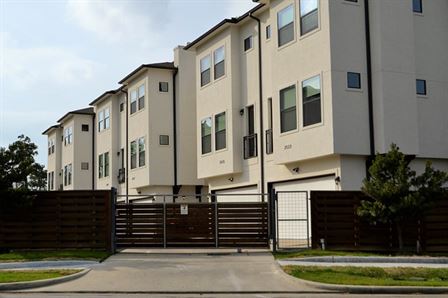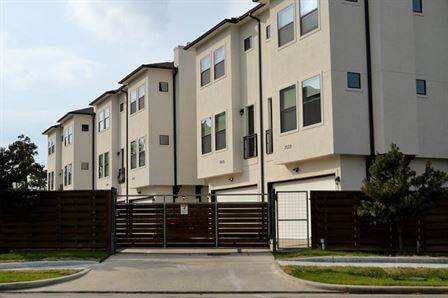
After months of decline in the market, prices of Australian homes are finally experiencing stability last March. This is according to the latest data released by CoreLogic, which showed the long-running declines since late 2017 were stopped in March. The property data provider said the strength in regional areas was the one responsible for becoming the stoppage of the long-running decline in Australia’s capitals.
“The stronger combined regional markets performance continues a trend that began to emerge in October last year where regional housing markets showed an overall improvement in the pace of capital gains while the combined capitals trend softened,” said Tim Lawless, CoreLogic’s head of research.
CoreLogic revealed that regional areas experience an increase in prices, with 0.4% last month in average weighted terms, which is the opposite of the 0.2 per cent price drop being experienced by the nation’s capitals. In addition, there was also a 0.3 price drop on each in Sydney and Adelaide, while Melbourne experienced 0.2 per cent price drop during March, which is concealing the performance of other capitals of Australia.
Looking in a quarter timeframe, six out of Australia’s eight capital cities experienced a price drop. These drops were within the 1.8% drop in Sydney to a 0.1% fall in Darwin. On the other hand, Hobart went on a different path, having its prices increase by 3.4 per cent, while Brisbane is steady with its current prices over the same period.
Nationally, house values dropped 1 per cent over the March quarter, in average weighted terms, which went ahead the 0.7 per cent decline in unit prices. Lawless explained that weaker conditions in Sydney and Melbourne, with a big contribution from detached dwelling prices, was responsible for the softening trend in Australia’s broader housing market, which was seen lately due to the broad-based falls.
“The unit sector across Sydney and Melbourne has shown stronger conditions relative to detached housing,” Lawless said, pointing out that the trend has been happening since the middle of 2017.
“Sydney unit values are up 1.9% over the past twelve months, while house values are down 3.8%. Similarly in Melbourne, unit values are 6.6% higher over the past twelve months while house values are up just 4.9%.”
Lawless also explained that the situation mentioned shows affordability constraints for detached dwellings in Sydney and Melbourne. This and the preference of homebuyers to live closer to the city and recent stamp duty concessions introduced by the New South Wales and Victorian state governments have helped in improving affordability for first-time buyers.
“The stronger performance from the unit sector may suggest that buyer demand is becoming more concentrated in the medium to high density sector where entry prices are lower and commuting times are often more convenient when compared with the detached housing markets around the outer fringes of the city,” he said.
“The surge in first home buyer activity since stamp duty concessions became available in July last year may also be supporting demand across the medium and high density sector where prices are often better aligned with first time buyer budgets.”
With this, a lot of people are looking for homes in medium and high density sectors. It is up to real estate brokers victoria to see the trend and how it can help in giving advice to homebuyers, especially the newcomers.



